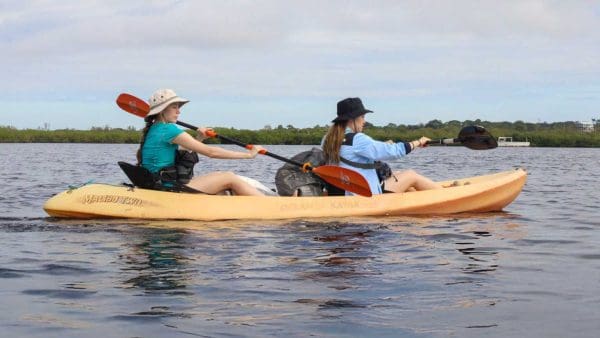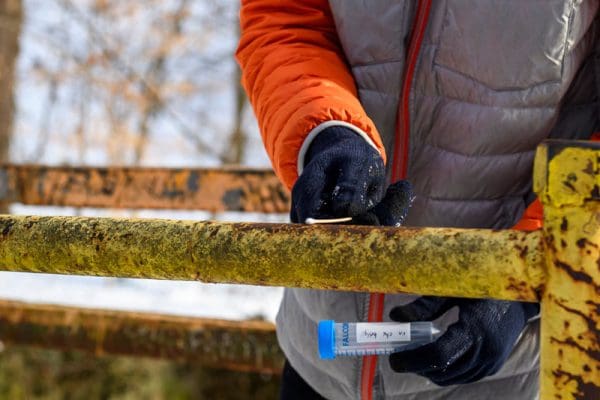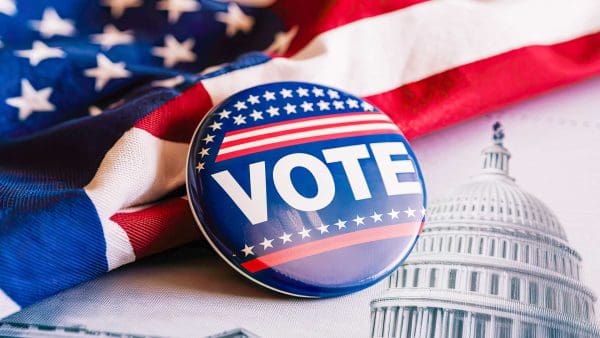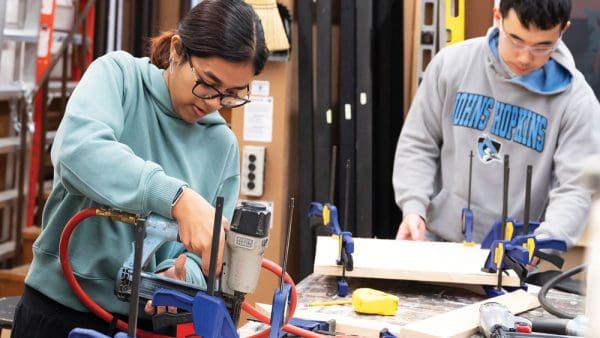In a pocket of southwest Baltimore sits Mount Auburn Cemetery, one of Baltimore’s largest African American cemeteries. It was founded in 1872 by the Rev. James Peck of Sharp Street Memorial United Methodist Church, one of the city’s oldest congregations, which still owns and operates it.
Mount Auburn is also one of the sites at the heart of a community-engaged course, Researching the Africana Archive: Black Cemetery Stories, which is co-taught by Gabrielle Dean. Dean is William Kurrelmeyer Curator of Rare Books and Manuscripts at the Sheridan Libraries, and an adjunct professor in the Department of English and the Program in Museums and Society.
Held in alignment with classes at Morgan State and Coppin State universities, the course explores the stories of Baltimore’s historic Black cemeteries within the larger context of the nationwide movement to discover, recover, and maintain Black cemeteries. Student fieldwork and research will add to historians’ knowledge about Mount Auburn as well as northeast Baltimore’s Laurel Cemetery and reveal new information about some of the people buried there.
“I’ve never really thought about looking at history through cemeteries, so it’s been really interesting learning about that. You can learn so much, match records, and try to find a person’s history and how it connects to a greater history in general,” says Sam Muzac, a sophomore studying computer science.

as they explore the stories of Baltimore’s Black cemeteries. [Photo: Will Kirk]
Maintaining History
Records document that some 56,000 people are buried at Mount Auburn, including civil rights leader Lillie Mae Carroll Jackson; Afro-American founder John Henry Murphy; Joseph Gans, the first African American lightweight boxing champion; and thousands of clergymen, teachers, doctors, veterans, and other prominent and less prominent individuals and their families. But the real number is estimated to be closer to 70,000.
Cemetery maintenance requires significant resources, and weather and overgrowth triggered erosion and other damage over the years, and waterlogged soil allowed stone markers to tip or fall, obscuring some of their identifying information. All of these issues combine to create challenges for family members and researchers trying to locate graves. But in recent years, volunteers, individuals incarcerated in Maryland state prisons, and the Baltimore Washington Methodist Church began clearing the property. Today, a three-year grant pays landscapers to keep the grass mowed.
As a community-engaged course, Black Cemetery Stories aims to both learn from and contribute to a community entity; in this case, helping to advance the history that volunteers are piecing together through Mount Auburn and Laurel cemeteries. Co-instructors Jesse Bennett, Mount Auburn research coordinator and a retired educator, and Nancy Sheads, Mount Auburn independent scholar and a retired Maryland state archivist, shape the course alongside Dean.
Black individuals, families, and communities have often been omitted from official historical accounts, effectively erasing them as well as their roles in shaping the present. When the stories are unearthed, Dean says, they can have a profound effect.
“The goal of reconstructing the Black past, insofar as possible, is reparative: to understand and redress wrongs, and to reimagine American history as a whole,” Dean’s syllabus states.
Joining Local Citizen Historians
Those doing the reconstructing include a recent movement of “citizen historians” who have stepped in to correct and expand the historical record, especially when it comes to Black burial grounds. Serving as a humanities laboratory in which archival research, fieldwork, and critical thinking about public memory come together, the course allows students to join their ranks.
Bennett and Sheads are diligently working to log as many burial sites as possible, and the extra help from the students is hastening the process. Using hand-held Garmin GPS devices, the Hopkins and Coppin students are updating the information on the online gravesite collection Find a Grave and the Resurrecting Mount Auburn website with more accurate GPS data. They also hope to fulfill some of the photo requests on Find a Grave by uploading photos of grave markers.
“It’s very exciting to help these stories come to light in the present,” Dean says.




